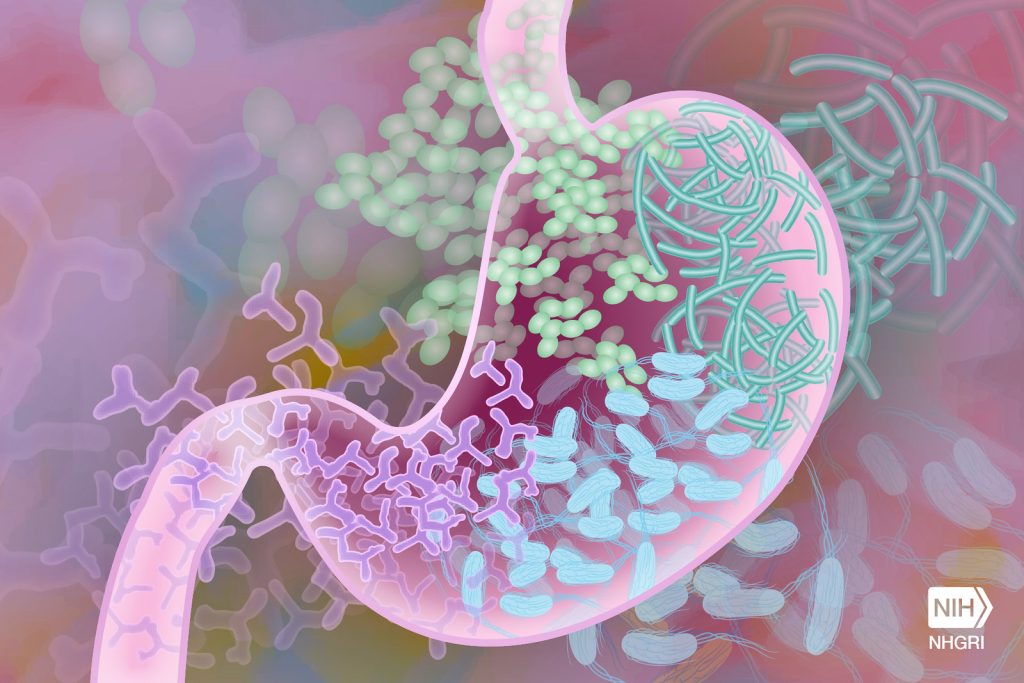Omicron Sub-lineages are Evolving Increased Immune Escape Potential

A paper published May 1 on the medRxiv preprint server on two new sub-lineages of Omicron, BA.4 and BA.5, reported evidence that they may escape immunity conferred by previous BA.1 infection. The study’s authors suggest that this immune escape potential may drive another wave of infections.
In recent weeks, the BA.4 and BA.5 variants have been detected circulating in South Africa, and are close descendants of the Omicron BA.2 lineage.
Researchers isolated live BA.4 and BA.5 viruses and tested their ability to evade infection to 24 participants who had been infected with BA.1 but unvaccinated and 15 vaccinated participants with breakthrough BA.1 infection.
In unvaccinated individuals, FRNT50, the inverse of the dilution for 50% neutralisation, declined from 275 for BA.1 to 36 for BA.4 and 37 for BA.5, a 7.6 and 7.5-fold drop, respectively. In vaccinated BA.1 breakthroughs, FRNT50 declined from 507 for BA.1 to 158 for BA.4 (3.2-fold) and 198 for BA.5 (2.6-fold). Absolute BA.4 and BA.5 neutralisation levels were about 5-fold higher in this group versus unvaccinated BA.1 infected participants.
The observed escape of BA.4 and BA.5 from immunity elicited by BA.1 was more moderate than of BA.1 against previous immunity, the researchers found. The researchers warned that the low absolute neutralisation levels for BA.4 and BA.5, particularly in the unvaccinated group, are unlikely to protect well against symptomatic infection. They suggest that, based on neutralisation escape, BA.4 and BA.5 have potential to result in a new infection wave.
Experts warn however that even these sub-lineages are unlikely to be the last, with plenty of potential remaining for new mutations.
Professor of evolutionary biology T. Ryan Gregory at the University of Guelph, Canada, laid out in a series of tweets that these new sub-lineages are not the final “Pokemon” evolution of SARS-CoV-2. He warned that with all of the replication that is still going on, the virus is still mutating rapidly, especially around the Spike protein, and thus is capable of producing new variants.
Alpha and Delta, which drove two major waves around the world with high levels of mortality, did not give rise to Omicron, but now the variants of concern are increasingly emerging from within the Omicron clade. Prof Gregory noted that a growing number of variants are being seen with transmission or immune escape advantages.
“Sorry to say it, but this pandemic isn’t over,” he concluded.





